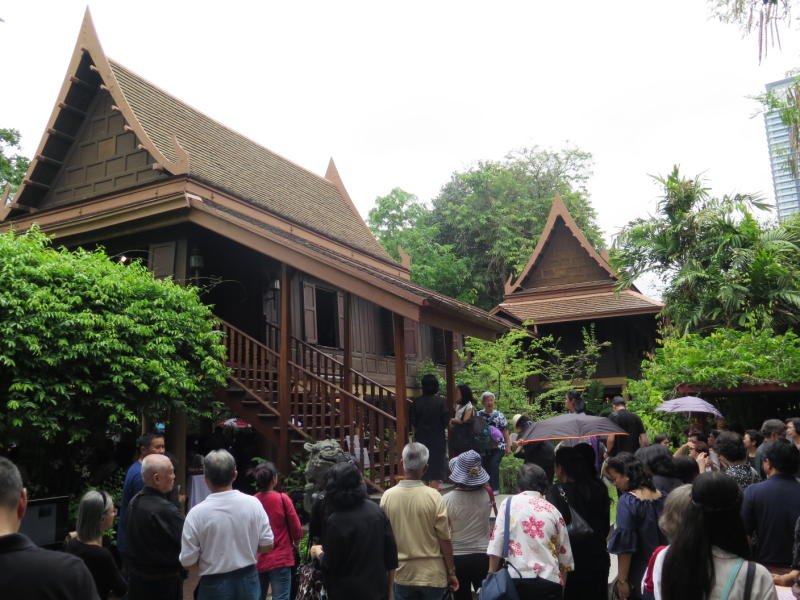
I have been following the case of Ban Plai Nern, the residence of Prince Naris (1863-1947), which is under threat from obtrusive development. As reported by local media, a nearby towering condominium project has passed its environmental impact assessment (EIA), despite some very obvious gaps in the application and documentation process.
Prince Naris is a great artist of Thailand. I understand that interest in Prince Naris continues to grow in parallel to the growing interest in Thai arts and culture. In my view, Prince Naris is the most significant figure in the scene, for his contribution in translating and bringing Thai arts and crafts into the more general category of "fine arts".
This proved to be indispensable as it provides a means for non-Thais to understand its scale and splendour.
In fact, everyone who studies arts, fine arts, and/or architectural history -- within the Thai university system, or even abroad -- are directly indebted to Prince Naris.
His career was a tribute to the determination to record and understand the history of Thailand's arts and crafts. He dedicated his life to this cause, and charted its future course -- a course that modern Thailand can take great credit from.
Prince Naris' house and estate have a complex history. I understand his family intends to organise a holding company that will be responsible for the house. This entity will manage public access to the grounds, allocate space for research, and lead preservation efforts.
If this endeavour was carried out in the UK, there are various ways to ensure and protect the future of the site. It could be registered with the National Trust, or the English Heritage trust, which will provide a legal basis to request limitations on its surrounding development.
This would be expressed in a number of dimensions. Concerns will be raised about the obtrusiveness of the development, as well as duration of construction, permitted working hours, and noise levels. But most importantly, the construction must not, in any way, risk damaging the registered site.
This brings me to the heart of my concern.
I suppose that sometimes in the case of planning applications, permits would be granted even if the construction poses risks to surrounding structures and sites.
However, the point is that the integrity of Prince Naris' house is of paramount importance. If it were damaged by the construction, it is not a question of what redress would be appropriate. If damaged, this very delicate and priceless relic of Thai arts and culture may disappear -- completely lost to development.
From an architectural point of view, Prince Naris' house must be considered as fragile. The structure was never designed to withstand disturbances caused by contemporary construction -- especially considering the scale and proximity of the house to the project site.
That said, no one seems to have made a detailed analysis into the possibility of the inevitable vibrations causing structural threats to Prince Naris' house.
In fact, no real consideration were given to ensuring the integrity of the house and the safety of its irreplaceable content from possible harm that may arise from the construction.
Considering that Thailand has been promoting the value of its cultural heritage in the hopes of attracting more visitors, this move seems extraordinary, as it goes against the policy objectives of the government, and the recommendations of experts.
I am confident that if Prince Naris' house is given the adequate protection, it would become a cherished public site. I will conclude by saying that in the absence of a detailed risk analysis, any construction must be delayed until the safety of the house can be ensured and confirmed by an independent party.
This is a small price to pay, when we take into consideration the importance of Ban Plai Nern and the literally irreplaceable collection that it houses.
Mark Cousins is the Director of History and Theory for Architectural Association School of Architecture.